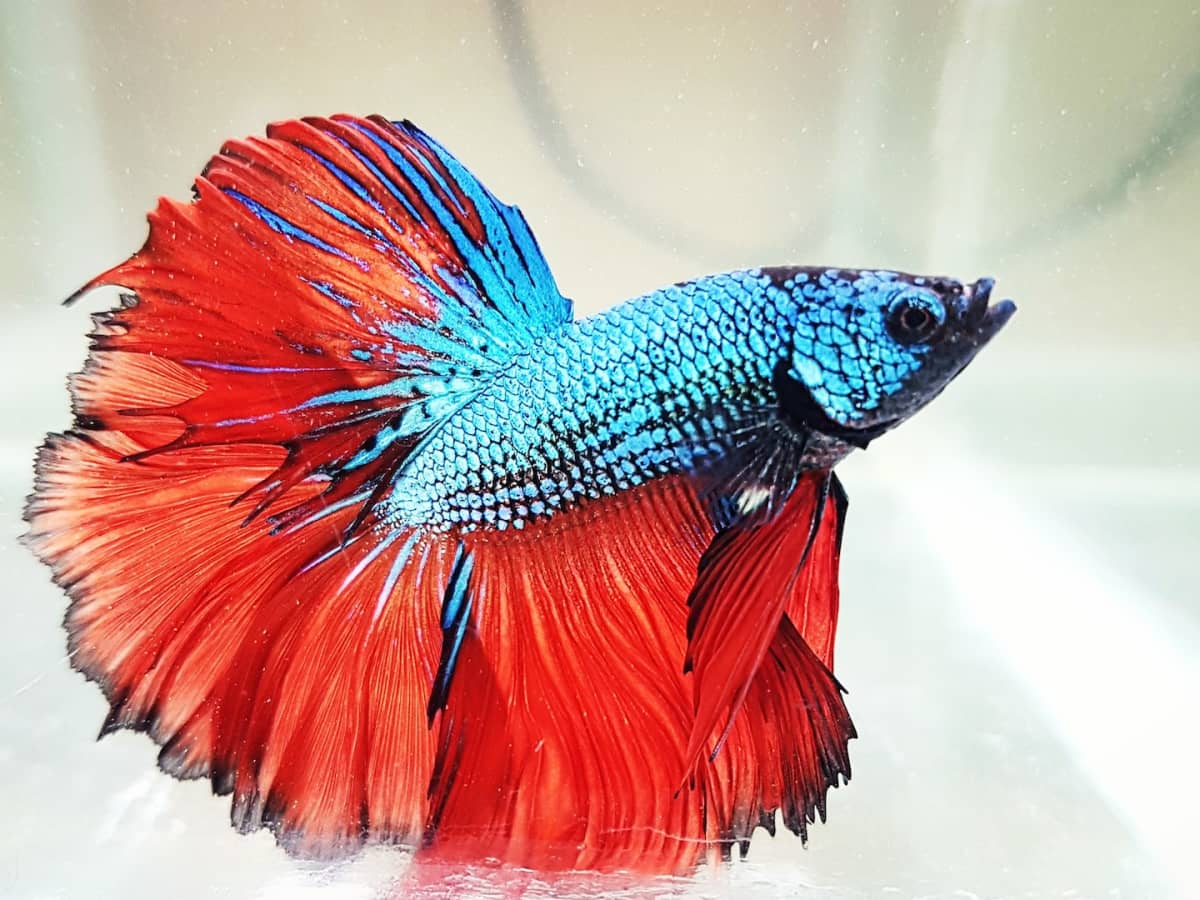Common Betta Fish Illness and Exactly How to stop Them
Common Betta Fish Illness and Exactly How to stop Them
Blog Article
Reproducing Betta Fish: a Comprehensive Step-By-Step Overview to Efficiently Raising Baby Bettas From Eggs to Their Adult Years
Reproducing Betta fish is a thorough undertaking that requires mindful preparation and implementation to ensure the successful growth of fry from eggs to develop fish. As the male Betta carefully constructs a bubble nest and guards the valuable eggs, the subsequent phases of treatment and change demand attention to information and knowledge of finest practices.

Choosing Reproduction Pairs
When starting the trip of breeding Betta fish, selecting the appropriate reproduction pairs is crucial to attaining preferable qualities and a healthy family tree - betta fish. The first step in this process is to determine the certain traits you desire to enhance or protect, such as shade, fin kind, and body shape. It is essential to pick genetically varied sets to stay clear of inbreeding, which can result in wellness problems and unfavorable features
Evaluate possible reproducing prospects very carefully. A healthy and balanced male Betta must exhibit dynamic colors, an active temperament, and well-formed fins, while the female should additionally show vivid pigmentation and a rounded stubborn belly, indicating preparedness for spawning. Observing the temperament of both fish is crucial, as aggressive or extremely shy individuals may not reproduce efficiently.
Keeping records of the moms and dad fish's ancestry can help you track genetic characteristics and prospective issues. Ultimately, investing time in the selection process will substantially improve the likelihood of generating strong, dynamic spawn that meet your reproduction goals.

Preparing the Breeding Storage Tank
Producing an optimum reproduction atmosphere is a key step after selecting suitable pairs for Betta fish. The reproduction storage tank must be particularly made to supply convenience and promote the all-natural reproduction actions of the fish. Beginning with a tank dimension of a minimum of 10 gallons to make sure appropriate room for both the male and women Bettas.
Maintain a mild filtration system to keep the water tidy while preventing strong currents that can emphasize the fish. Additionally, an air stone can be included to give oxygenation without interfering with the water surface way too much.
Temperature law is essential; go for a steady series of 78-82 ° F(25-28 ° C) utilizing a reliable heating system. The pH level ought to be kept in between 6.5 and 7.5, and regular water modifications are needed to ensure high water high quality.
Integrate floating plants or spawning sponges to produce concealing places for the woman, while also encouraging bubble nest structure by the man - betta fish. Finally, guarantee the tank is devoid of sharp decorations and any prospective dangers, as the welfare of the fish must constantly be focused on during this essential stage of reproduction.
The Breeding Refine
Generally, the breeding process for Betta fish involves a series of distinctive and visible behaviors that show readiness for reproduction. The male Betta begins by constructing a bubble nest at the water's surface, which offers as a site for the fed eggs. This nest is crucial, as it provides a risk-free atmosphere official statement for the eggs up until they hatch.
As soon as the nest is established, the male will certainly display courtship behaviors, such as flaring his fins and displaying vibrant colors to attract the female. The female, upon noticing the male's preparedness, will respond by displaying upright stripes along her body, signifying her receptiveness.
The fertilized eggs after that drop to the bubble nest, where the male very carefully gathers and returns them to the nest. Following this, the male presumes duty for guarding the nest and guaranteeing the safety of the eggs till they hatch out, typically within 24-36 hours.
Taking Care Of Betta Fry
Caring for Betta fry calls for mindful focus to their atmosphere and nutrition to guarantee healthy and balanced growth and Continued advancement. After hatching, Betta fry are extremely small and susceptible, demanding a stable and clean habitat.
Feeding Betta fry is equally important. Feed them tiny quantities a number of times a day, being mindful not to overfeed, which can lead to water top quality problems.
Transitioning to Adult Bettas
As Betta fry fully grown, transitioning them to adult Bettas is a critical phase that requires cautious management of their atmosphere and social interactions. This procedure generally starts when the fry get to around 6 weeks old, at which factor they can be progressively introduced to a much more structured living setting.
To facilitate this change, it is important to make certain that the water criteria-- such as temperature level, pH, and ammonia levels-- are ideal and steady. Grown-up Betta fish flourish in warm water (around 78-80 ° F) with a pH of 6.5 to 7.5. Slowly accustom the fry to these conditions to lessen tension.
Social communications are another vital aspect; man Bettas are notoriously territorial and aggressive. It is a good idea to different males right into individual storage tanks as they mature. Women Bettas can be housed together, yet care must be taken to keep an eye on for indicators of aggression.
Furthermore, nutritional adjustments need to be made as the fry expand. Incorporate top quality pellets and live foods to support their development and health. By taking care of these factors efficiently, you can promote a successful transition to the adult years for your Betta fish.

Conclusion
Effective breeding of Betta fish requires careful focus to detail throughout the whole procedure, from picking genetically varied sets to providing optimal care find here for fry. In addition, a well balanced diet and progressive adaptation to adult environments are crucial for the growth and growth of Betta fish.
Report this page